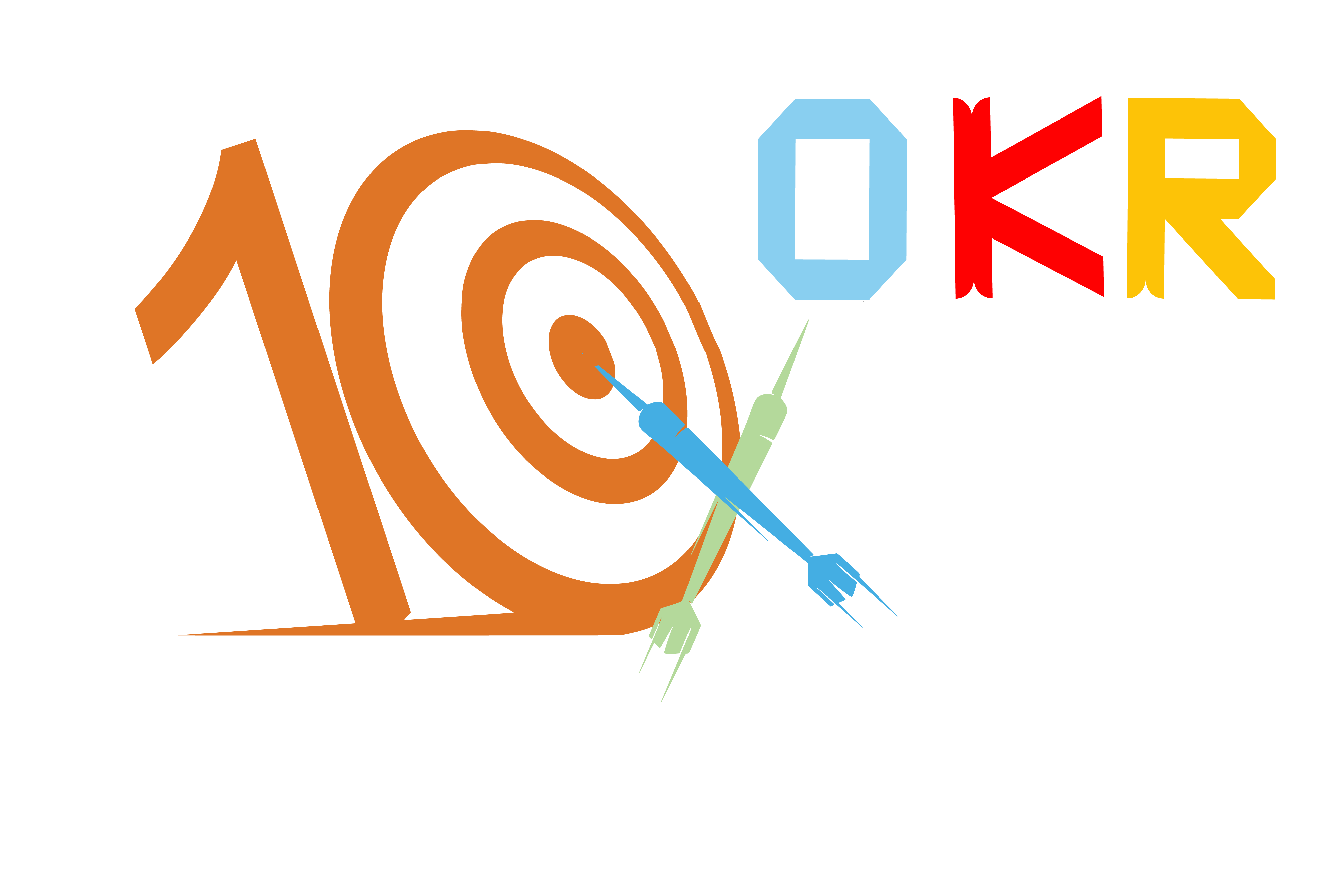Table of Contents
Use Employee Engagement for Ultimate Productivity
Historically, if you look at any successful company, it is clear that they have valued and prioritised their staff consistently. Employees are the fuel who keep the company machine running smoothly.
The level of devotion, enthusiasm, and commitment employees have towards their job, responsibilities, and the company refers to employee engagement. In this blog, let’s look at what employee engagement is, how to improve it through fun activities, and the benefits of engaged employees for company success.
The Heart of an Organisation: Why Are Employees So Important?
The tens, hundreds, or thousands of employees who form the workforce are the heart of an organisation. They become the company’s most valuable asset since they spend hours of their days working to take the company to newer levels of success. A hardworking employee not only motivates the managers/leaders but also inspires fellow employees to put in more effort.
Employees are crucial to the success of a business since they define the values and mission of the company. They hold the torchlight towards success. They must be appreciated for their unique skill sets and bring them to the table. Many employees have knowledge that is hard to replace, making them valuable assets. Each employee has different skills that add to an organisation.
Employees can drive the success of a business. They produce the final products or services that the consumers will use. They also promote the business and take care of finances. While the responsibilities and roles an employee holds vary according to the department they belong in, they are important regardless.
Their skills in any form, be it technical skills, communication skills, or leadership skills, can be leveraged for company success. Thus, employees are the face and nurturers of an organisation. Finally, employees have the power to influence customer decisions, making them the foundation of a healthy and successful organisation.
What is Employee Engagement?
As the term suggests, employee engagement, simply put, refers to how engaged/involved the employees are with the company. It is the emotional investment employees make towards the company. The more passionate, involved, enthusiastic, dedicated, and committed the employees are, the more engaged they are with the company culture. They value the company they work for and want it to succeed.
The concept of employee engagement was first presented in 1990 by Dr William Kahn, who identified that people are engaged with their work in 3 different ways: emotionally, physically, and cognitively. Simon Sinek, the author of Start With Why describes employee engagement in the simplest terms: “When people are financially invested, they want a return. When people are emotionally invested, they want to contribute.”
Employee engagement relies on integrity and deep trust in the employer as a two-way commitment between an organisation and its members. This approach can improve business chances and ROI (Return on Investment). It can greatly help with both organisational and individual performance levels.
Engaged V/S Disengaged Employees
Engaged employees align with the goals of the organisation and steer their work towards achieving the objectives set by goal-setting frameworks such as the Objectives and Key Results (OKR) framework. They are an asset to the company. They are productive, creative, and willing to work hard for the sake of the company. Highly engaged employees have a great relationship with their colleagues and are always ready to take on more work.
Disengaged employees, conversely, become a financial liability to the company since they need to be more productive and active. They are lazy and do not meet deadlines on time. They lead to lower productivity, high turnover rates and less profitability. Actively disengaged employees usually despise their job since they have been stuck with them for so long and remain extremely unmotivated.
The Benefits of Employee Engagement
To reduce the number of disengaged or actively disengaged employees and boost the morale and number of engaged employees, companies must take many measures to promote them. This is because engaged employees who feel recognised for their work put in more effort.
Some of the benefits of employee engagement are:
- Lower employee stress: Since less engaged employees feel more stressed, and stress decreases engagement, it becomes a vicious cycle of unproductivity. Reducing stress and introducing concepts like happy hour can keep employees better engaged at work.
- Emotionally-invested employees: They want to commit to the company long-term because engaged employees are committed to their work as well as the overall goals of the company. They try to align their work ethics with the missions of their employer(s). This is not merely because of their pay but because they genuinely care about the company.
- Better innovation: Since engaged employees have more work-life balance, they tend to be happier. This brings out more creativity and innovation from their side. They think outside the box and come up with creative solutions.
- Injury-free workplaces: Engaged employees pay more attention to their work. Workplace accidents can sometimes be fatal and pose risks of financial loss for the company, engaged employees speak about their concerns and lead an injury-free workplace.
Fun Employee Engagement Strategies: How to Create A Better Company Culture
The 5 C’s of employee engagement includes Care, Connect, Coach, Contribute & Congratulate. Based on these 5 approaches, some employee engagement ideas include:
- Spend more time with employees: The employees working in any organisation need to feel heard and seen. Interacting with managers and leaders will make them more comfortable during scrum calls, feedback meetings and 1:1 interactions. They will be able to opine more and also voice their concerns. The time spent together can be a mix of formal activities such as training, performance management etc., and informal activities such as group dinners, coffee, etc.
- Encourage creativity and innovation: Flexible work hours encourage creativity and innovation since employees are less stressed. If they use their creativity, they can have random acts of fun, such as bringing a musical instrument to work once a month or holding a fancy-dress potluck where employees can dress up as their favourite characters. Generating growth and response by encouraging creativity and innovation can even lead to cost-cutting and an increase in revenue for the company.
- Provide regular feedback and communication: The Conversation, Feedback, and Recognition model is a friendly business tool that encourages two-way interaction between employees and managers. Creating a space for employee feedback makes them feel valued since their input also matters. CFRs can happen during 1:1 meetings weekly or monthly through check-ins with managers, employee surveys, etc. Installing suggestion boxes and acting on the feedback revoked will show that employees are heard and seen.
- Encourage work-life balance: A positive work environment will foster a good work-life balance. Employees can leave their work at their desks, go back home to their families, and not worry about pending tasks. With options like flexible working hours, free transportation options or job sharing, employees can balance their personal and professional lives better.


- Reward employees on time: When team members are appreciated for their efforts, or individuals are rewarded on time, they are more motivated to achieve even higher objectives. Encourage employees by giving meaningful rewards aligned with the company’s interests. This can be through public appreciation, verbal praise, raises, bonuses, extra vacation days, etc.
- Create a sense of purpose through the company’s vision: Establish good lines of communication wherein the employees are informed of the company’s goals. A company-wide culture of shared vision will drive their purpose and motivate employees to strive for better. Only with a sense of purpose can employees feel valued and needed.
- Respect employees: Disrespect in any form usually demotivates the employees. They must be valued for their efforts and contributions. Boost engagement by acting as prime examples of leaders who respect colleagues’ opinions, no matter how different they might be.
- Use coaching classes to foster constant learning: Whether it is lessons about team-building or a new OKR software, a culture of constant learning will keep employees in the loop about technological advancements. They will be updated about recent policy changes and learn new things through these classes.
Employees are true assets of any organisation. Dedicated and committed employees who are emotionally invested in an organisation increase revenue, foster better work culture, and more.
Are you looking for ways to increase employee engagement? Sign up for free today and talk to our experts about how to get better employee feedback, responses, and more!



